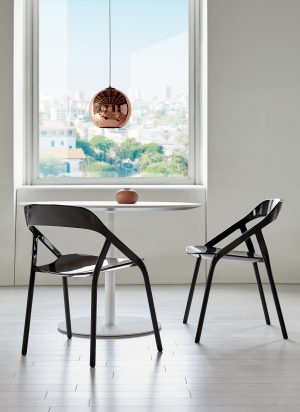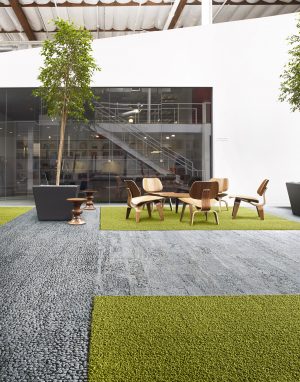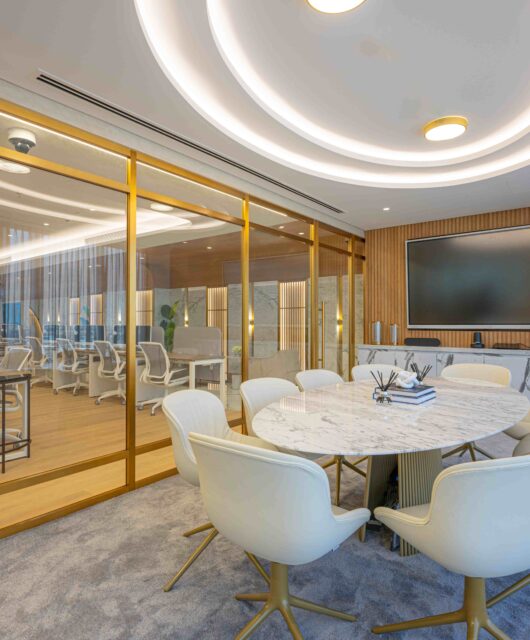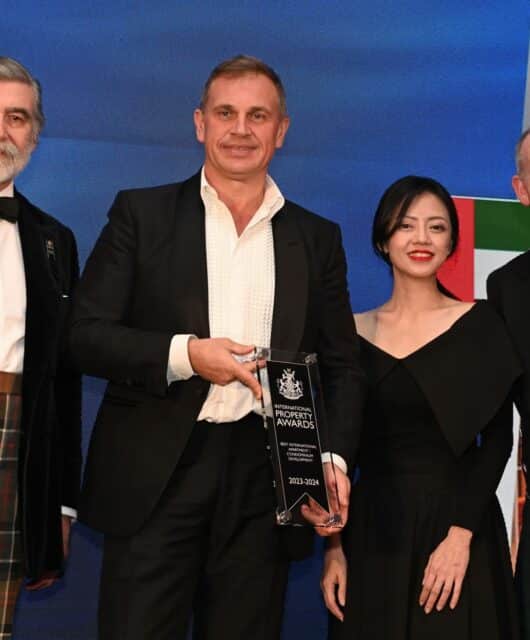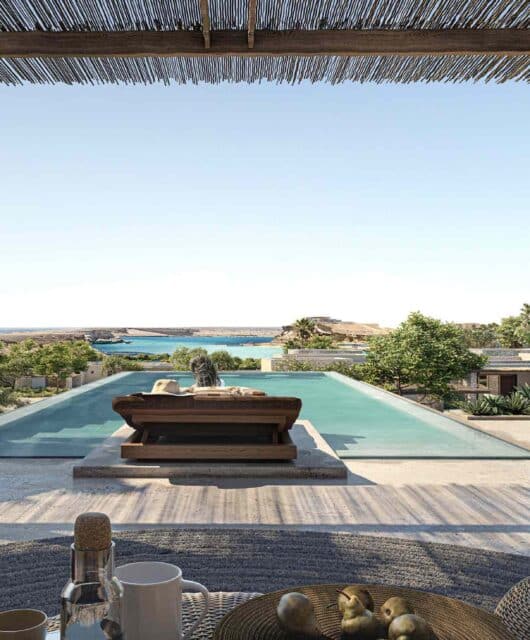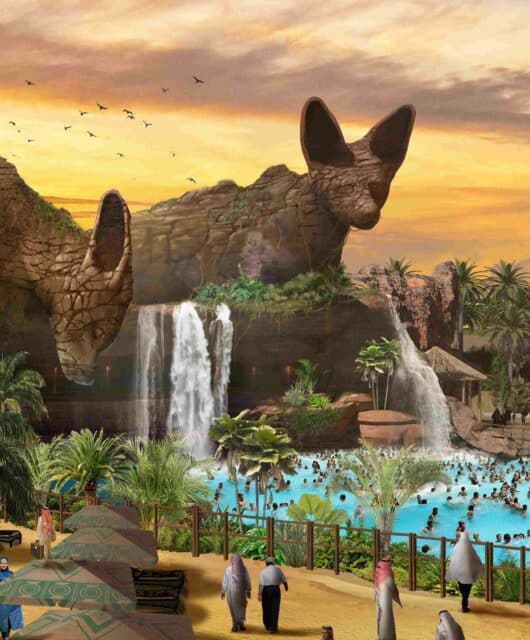There is no single facet of modern life unchanged by the coming of age of the millennial generation. Now these wellbeing-focused, digital natives are transforming the future of how, and where, we work…. Melanie Mingas writes
The average person will spend one third of their entire life at work, which means that over a 46 year career we are each likely to spend 92,000 hours in the office.
Only recently has the design and layout of workspaces gained recognition for its impact on how productive and successful employees are over this time.
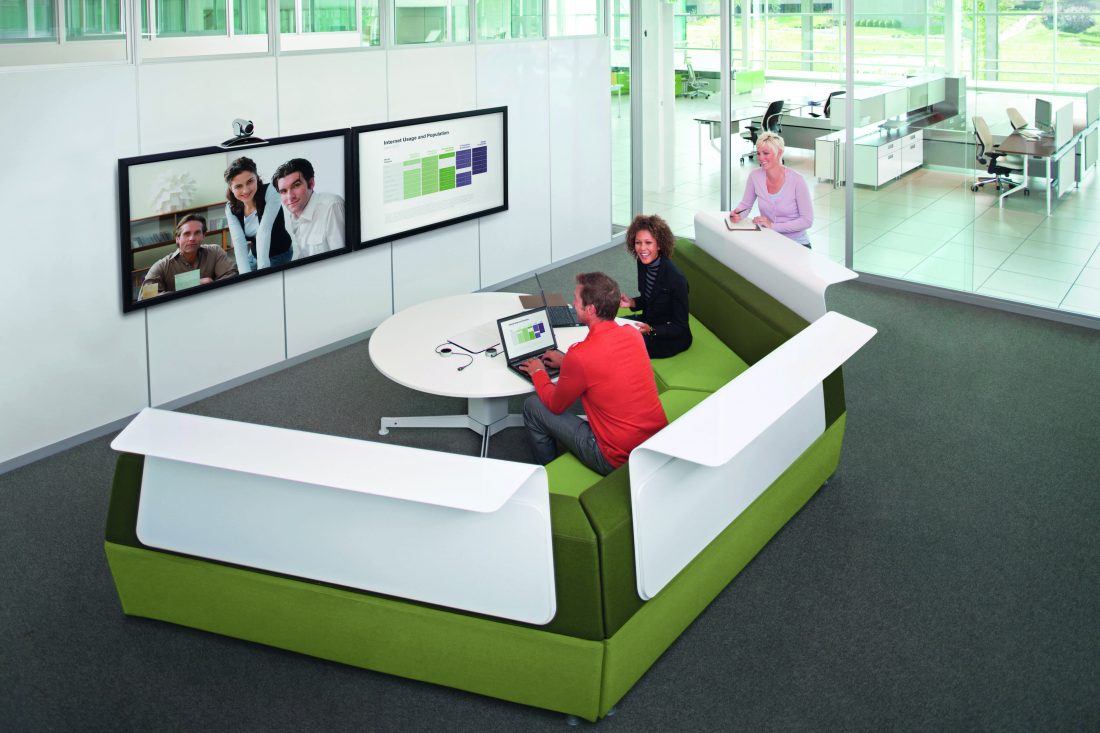
From the fabric clad cubicles of the 1990s to the tentative exploration of personalised space in the early 2000s, today’s themes are all about wellness, creativity and collaboration – inspired, as most things are these days, by the entry of millennials into the workforce.
Taking a cue from such famous workspaces as those inhabited by Google, Lego and Facebook, companies are now using their workspace design to attract young talent by projecting a company image and brand identity that draws on similar uses of colour, layout and shared spaces. One cannot help but think that in copy/pasting the workspace design principles of successful companies, these firms hope they too will become magnets for creative talent and a hotbed for productivity. However, while the inclusion of games consoles and beanbags in the staff room looks great on the company brochure, in itself these elements do not generate and sustain a successful company culture.
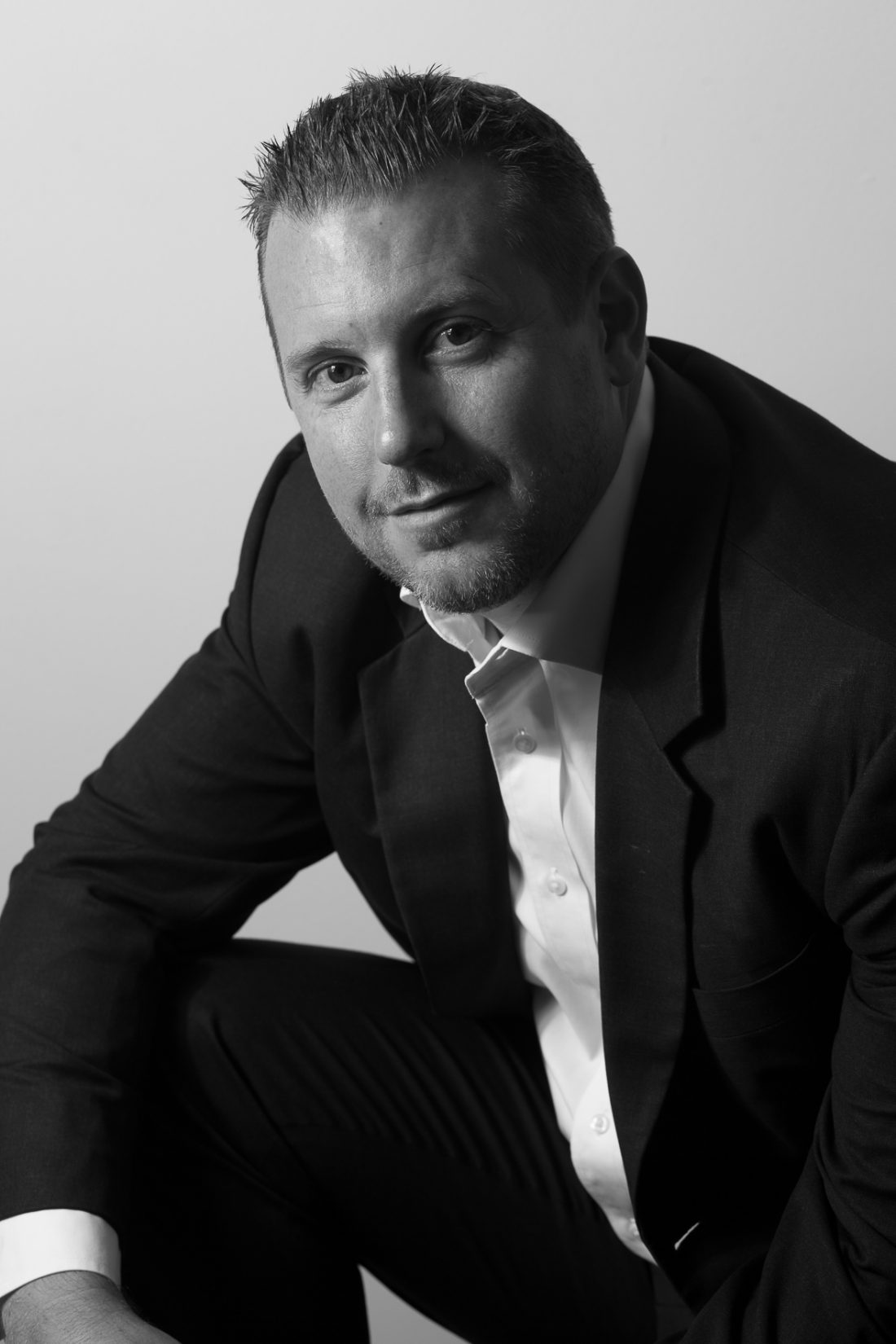 Ben Woods, general manager, OFIS, says: “These environments are designed with the workforce in mind and the proven correlation between productivity, efficiency and overall wellbeing is immense. “However taking selective inspiration from the Google look is a common misconception and issues arise when the company culture isn’t aligned with that of the inspiring space. This means there is a high chance the playful furniture, game rooms and complete open plan layouts will backfire and be seen not as a creative innovator, but as sabotaging daily tasks.” Advising businesses to first determine their own organisational culture before copy pasting the visual manifestation of other company cultures, Woods continues: “Businesses should first determine who they are and then brief designers to create workspaces that support and encourage that.”
Ben Woods, general manager, OFIS, says: “These environments are designed with the workforce in mind and the proven correlation between productivity, efficiency and overall wellbeing is immense. “However taking selective inspiration from the Google look is a common misconception and issues arise when the company culture isn’t aligned with that of the inspiring space. This means there is a high chance the playful furniture, game rooms and complete open plan layouts will backfire and be seen not as a creative innovator, but as sabotaging daily tasks.” Advising businesses to first determine their own organisational culture before copy pasting the visual manifestation of other company cultures, Woods continues: “Businesses should first determine who they are and then brief designers to create workspaces that support and encourage that.”
Referencing the Steelcase HQ in Grand Rapids Michigan, John Small, director of industrial design, EMEA at Steelcase adds: “At Steelcase, we understand that there is a global cultural movement redefining the corporate workplace—from a singular focus on efficiency, towards a pluralistic approach that enriches the emotional, cognitive and physical wellbeing of people.” Referencing the firm’s WorkCafé concept, which combines a cafeteria and a variety of work areas, he continues: “Our headquarters is recognising this movement and integrating elements in the workspace which help create a more human-centred experience that enriches the emotional, cognitive and physical wellbeing of people. We call this the office renaissance – creating meaningful places for people to work – places that feel good, but also perform, by harnessing new embedded technologies that help people navigate the complexity of work.”
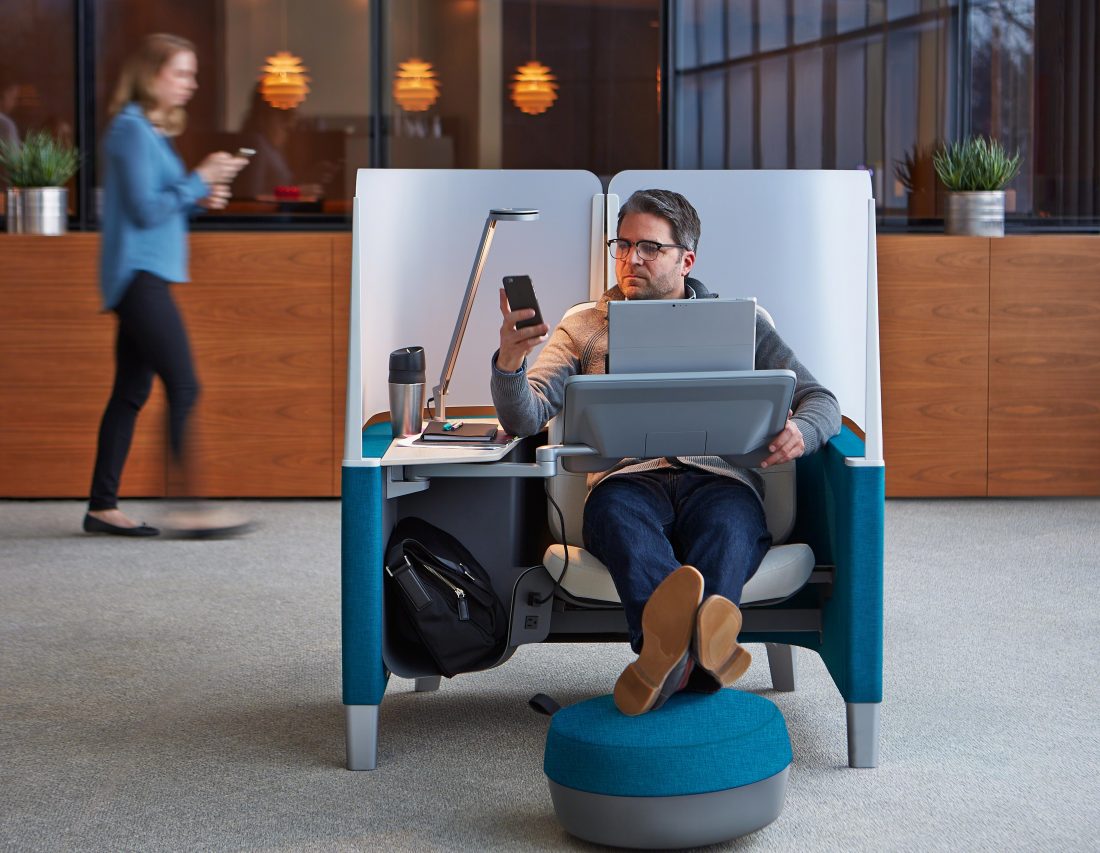
Changing times
So how should the future workplace look? According to the experts, the answer is not to draw inspiration from the companies that define the millennial generation, but to find the intersection at which group millennial and individual company cultures meet. In short, this means, creating purpose, supporting goals and providing environments with mental and physical wellbeing at their heart. Translating this into intelligent and functional design is only one of the challenges. While the previous generation was concerned about indoor air quality and headache inducing strip lighting, millennials take the trend a step further by upgrading the desk plant to a green wall, and the coffee machine to sponsorship of a cocoa farm in South America.
Bernard Mouawad, managing director of Haworth Middle East and Africa, notes three priorities defining client requirements currently: organic spaces, culture, and wellbeing. Haworth MEA has initiated the WELL Building Standard to measure its success in implementing built-environment features, policies, and programmes that encourage wellbeing.
This long-term global research programme makes the necessary connections between workspace design and wellbeing, performance, and engagement.
Mouawad observes: “The concept of wellbeing, goes beyond physical wellness to incorporate both the physical and psychological health of employees. The importance of embracing wellness has become the most important consideration for many businesses in the region, which understand that healthy people can be more productive and engaged.”
Engagement is vital. According to one European study, engaged employees can boost a company’s bottom line by up to 20%, however they are often outnumbered by as many as two to one, adding to turnover and undermining company goals and achievements. The role design can play in fostering the collaborative working practices that generate engagement is often underestimated, as too is the importance of spaces that promote flexibility.
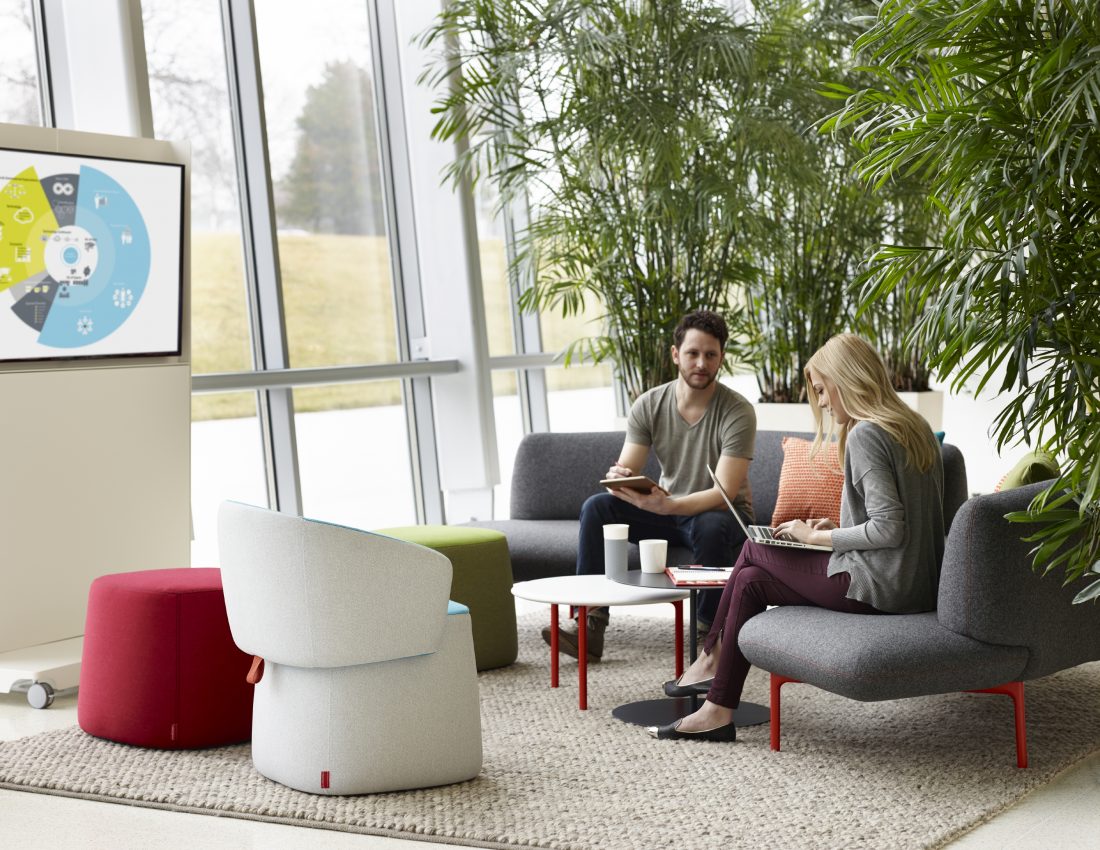 Mouawad continues: “Organic spaces are designed to embrace change, and can help businesses to align their workspaces with their strategy, offering greater product and workstyle flexibility. As a company’s strategy evolves to meet changing market dynamics, its space can also evolve, reducing the cost of realigning the workforce and the space to support changing business needs.”
Mouawad continues: “Organic spaces are designed to embrace change, and can help businesses to align their workspaces with their strategy, offering greater product and workstyle flexibility. As a company’s strategy evolves to meet changing market dynamics, its space can also evolve, reducing the cost of realigning the workforce and the space to support changing business needs.”
According to research conducted by INTERFACE, office spaces incorporating natural elements and biophilic design were found to increase workers’ wellbeing by 15%, productivity by 6% and creativity by a further 15%. The ability to move is also vital, with Woods advising organisations to consider the holistic health of their people and the impact of movement on this.
He says: “That is physical, cognitive and emotional wellbeing. All these are linked and improving these aspects will lead to a better workday and better performance.” Mouawad adds: “The individual collection of beliefs, attitudes, and behaviours that are distinct to a particular organisation’s culture allow it to add value and evoke the strong emotions that motivate employees to perform well. Architecture, interior design, and furnishings can all provide a tangible way to support – or prompt –change within the culture of an organisation, fostering deep employee engagement and attracting top talent.”
“We are seeing a growing trend in which ancillary spaces are becoming the heart of the office. New tasks require fresh modes of working. Today, work happens more quickly and in more places as developing technologies offer variety and mobility to a growing community of creative and knowledge workers.”
“Modern workplaces are becoming more human-centered, in that they are crafted to mentally excite and engage, physically comfort and emotionally support busy workers – beautiful spaces are only worth investing in if they are also productive. How people feel in a space emotionally is considered as important as an employee’s physical health and ability to focus and solve problems.”
“There are three key office-design themes emerging as priorities for its customers: organic spaces, culture, and wellbeing. The importance of embracing wellness has become the most important consideration for many businesses in the region, which understand that healthy people can be more productive and engaged.”
Opening up
Previously, the baby boomers’ desire for private and quiet workspaces saw the workplace divided into the cubicles and closed offices that became staples of the office look – the oppressive nature of these spaces was poignantly captured during Neo’s office gauntlet run in the first Matrix film. Baby boomers regarded the “corner office” as a status symbol and a reward for their hard work. However, modern organisations have now adopted open office layouts that create an engaging environment for employees. Yet as dated as these concepts seem now, they did serve a purpose at the time.
Woods explains: “Open-office plans are great for facilitating collaboration and transparency, but these setups also make privacy and focus a real challenge. The need for privacy at work as well as in public is as basic to human nature as the need to be with others. The harder people work collaboratively, the more important it is to have time alone, free from distractions; a chance to apply expertise and develop an individual point of view about the challenges at hand.
“The way forward, is not to stop collaborating face-to-face, but to refine the way we do it.
There is no single type of optimal work setting – it is all about balance. Instead of providing only open-plan work settings, we urge organisations to create settings in which people are free to circulate in a shifting kaleidoscope of interactions and then be able to disappear into private spaces when they want to focus or simply be alone.”
In the US, it is estimated that as many as 70% of all workplaces have open office floor plans, with the reports by The New York Times confirming employees in such environments suffer increased stress from lack of privacy and disrupted concentration. Small echoes: “For most workers, privacy needs ebb and flow throughout the day as they toggle between collaboration and tasks that require shallow individual focus, such as routine emailing, and those that require deep individual focus, such as analysing data or creating something new. “It’s important that workplaces can offer workers transitional spaces to meet these needs – a mix of open plan and compartmentalised spaces,” he continues.
Tackling the challenges
With such a long and complex collection of goals to action, design experts focus on bespoke solutions rather than a one-size-fits-all approach to tackling the challenges posed by the millennial generation.
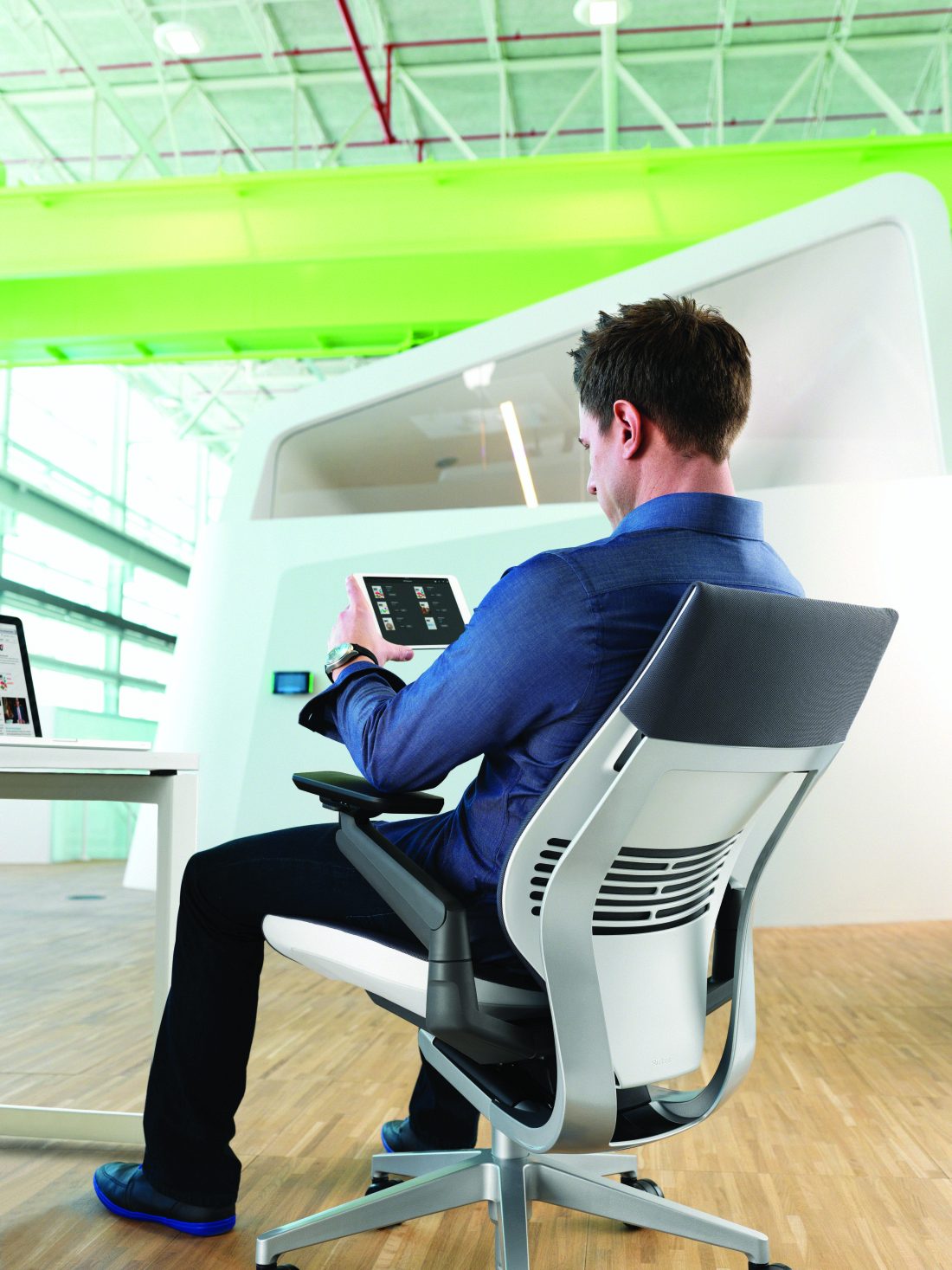 Small observes: “Where and how work happens has changed. Rapid advances in technology allow people to work anywhere, anytime and offices need to respond with smart and connected workspaces. Add to this the shift to creative work and you see new pressures for businesses to compete and grow with a shifted organisational emphasis toward work that requires creativity and new innovation processes. This calls for breakout areas for group work and discussion, as well as private areas for moments for privacy and solitude”
Small observes: “Where and how work happens has changed. Rapid advances in technology allow people to work anywhere, anytime and offices need to respond with smart and connected workspaces. Add to this the shift to creative work and you see new pressures for businesses to compete and grow with a shifted organisational emphasis toward work that requires creativity and new innovation processes. This calls for breakout areas for group work and discussion, as well as private areas for moments for privacy and solitude”
For Woods, the key is integration: taking the changing demands of the physical workspace and combining the effects with the implementation of technology for maximum results. He says: “Today, organisations tend to invest in technology and space as separate entities rather than approaching them holistically, resulting in creative interpretations that are less than ideal. Most employees are still working with outdated technology and in places that are rooted in the past, which makes it difficult for them to work in new, creative ways. To maximise creative thinking, designers must tailor the workplace to accommodate working in solitude, pairs, and larger groups, which requires inspiring, high-tech spaces designed with the worker in mind.”
Advising on the creation of interrelated places and devices to support the different stages and activities of creative work, he continues: “Work used to be driven by efficiency. The process was intentionally linear and divided into parts in which people could specialise. The problems we face today are so much more complex. They require creative thinking and a very different work process in which people and ideas diverge, converge and iterate. Therefore it becomes all the more imperative to create a diverse ecosystem.”
For Mouawad, what differentiates the best employers is their ability to drive overall happiness and, as a result, increase employee productivity. As has always been the case – people still drive the success of a company and today, that is driving momentum to design from the inside out. He shares: “This is changing the office landscape and creating more exciting places to work. Furthermore, a workplace that shifts from a management-driven culture to one that is more human-centric and supports the creation of new ideas will maintain its relevance and differentiation.”
Clearly, not everything about how the Baby Boomers and Gen X designed their workspaces was wrong – after all the compartmentalised working and visual hierarchy of segregated working spaces endured for multiple decades. The trend could also tail round again in future. Yet with steep changes in how the world functions, a revolution in how it works was always on the horizon and with employee engagement and retention now directly linked to the visual identity and functionality of a workspace, design is more important than ever before.

